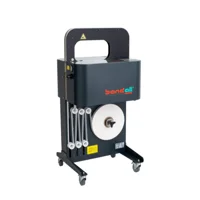.png)
How do adhesive labeling and banding differ in application?
Have you ever wondered how banding and adhesive labeling differ? At first glance, they may seem similar, but the differences are significant, especially when it comes to how they’re applied. The application process affects not only efficiency but also sustainability, cost-effectiveness, and the long-term adaptability of your packaging solution.
Let's break down the differences in application and explore what these mean for your packaging process and its environmental impact.
How are adhesive labels applied?
Adhesive labels are typically supplied on rolls with a backing liner.
- Feeding: The roll of labels is loaded into a label applicator.
- Dispensing: The applicator peels each label from its liner.
- Application: The label is pressed onto the container.
What this means for sustainability
- Every label roll generates liner waste that needs to be transported, sorted, and recycled.
- Material is being used inefficiently (Labels are stuck on the liner, only to be removed later).
- Adhesives make recycling or reusing packaging materials more difficult.
- Labels often serve as a seal and a label; however can peel or be damaged by moist conditions.
How are bands applied?
Banding uses a completely different approach. Instead of sticking something onto the pack, a strip of paper or film is wrapped all the way around it.
- Feeding: A continuous strip of material from a roll gets fed into the machine.
- Positioning: The product(s) are placed into the banding arch (automatically or manually).
- Wrapping: The banding material is guided around the product to encircle it fully.
- Sealing: The banding material is sealed at optimal tension around the product.
What this means for sustainability
- Bands are linerless, generating no excess waste.
- No adhesives are used during banding, resulting in easily recyclable materials.
- Paper and film banding material are fully recyclable.
- Just the right amount of material is used to package the product.
- One band can serve multiple purposes simultaneously (sealing, branding, labeling, and bundling), thereby reducing the total amount of packaging material required.
Why the application process matters
The way you apply your packaging solution shapes everything that comes after. Start with a process that creates unnecessary waste or limits flexibility, and you’re already on the back foot. The application method influences the sustainability of the solution, the efficiency of material usage, and how easily functionalities, like sealing and branding, can be combined in one step. In other words, the way you begin determines the efficiency and future-readiness of your packaging.
Final Thoughts
Both adhesive labels and banding can achieve similar goals, but the way they’re applied, and the environmental impact that follows, sets them apart. Adhesive labels rely on sticky adhesives and create unnecessary waste, while banding uses materials more efficiently, eliminates adhesives, and keeps waste to a minimum.
For many brands, this makes banding the smarter choice: a forward-thinking, sustainable solution that combines efficiency with innovation.
Want to read more about banding ready-made meal packaging?
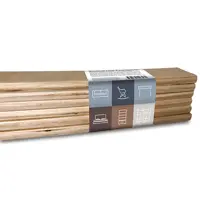
Applications of banding
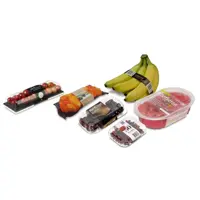
Benefits of banding
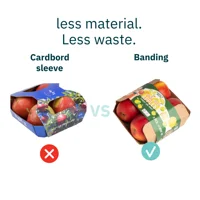
Banding vs. other solutions
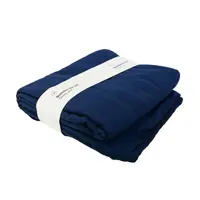
10 Reasons to switch to banding
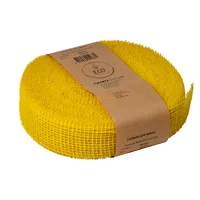
Zwartz - From shrink wrap to paper bands

Novatrade - Improved quality and efficiency
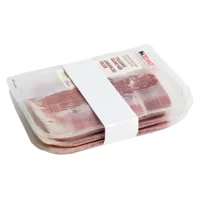
Packaging food products
